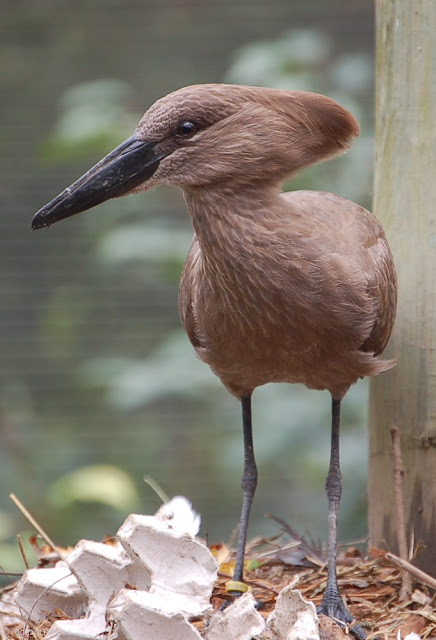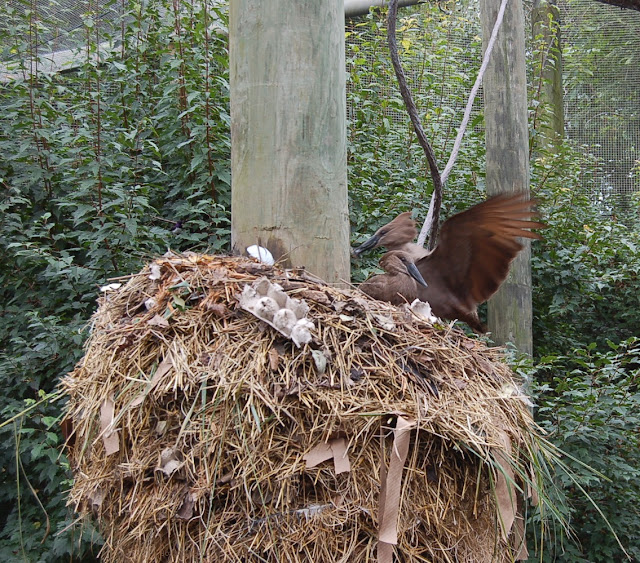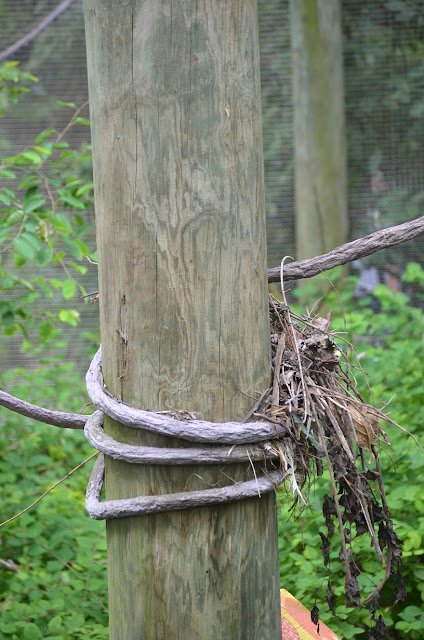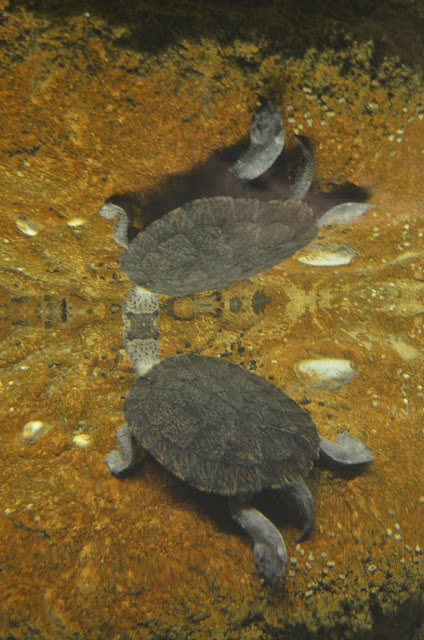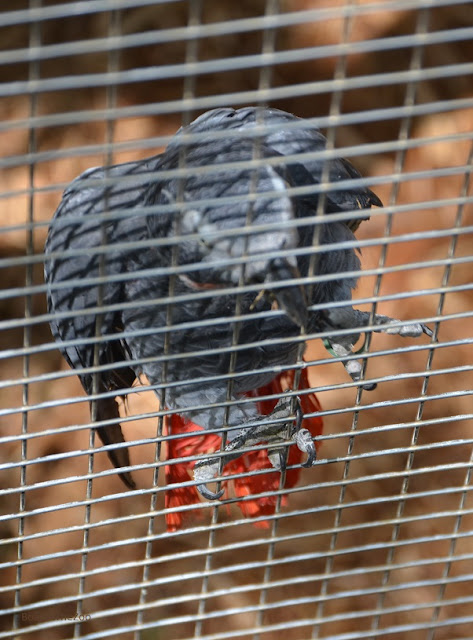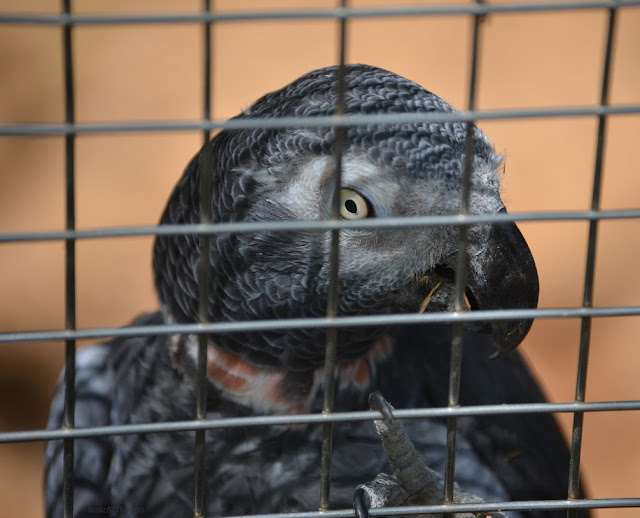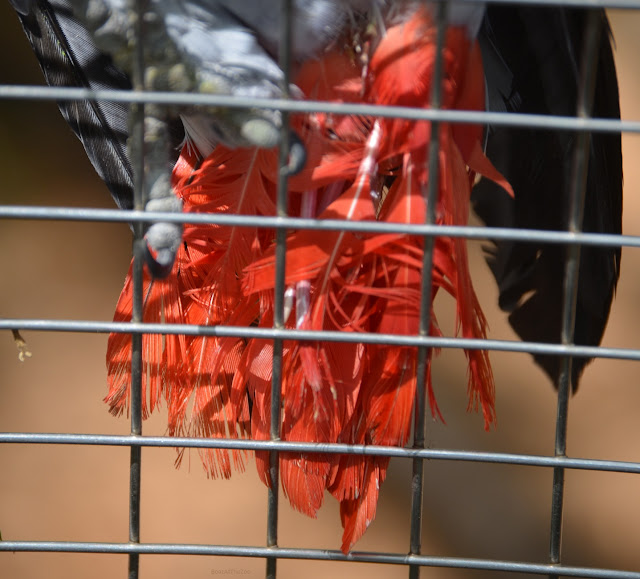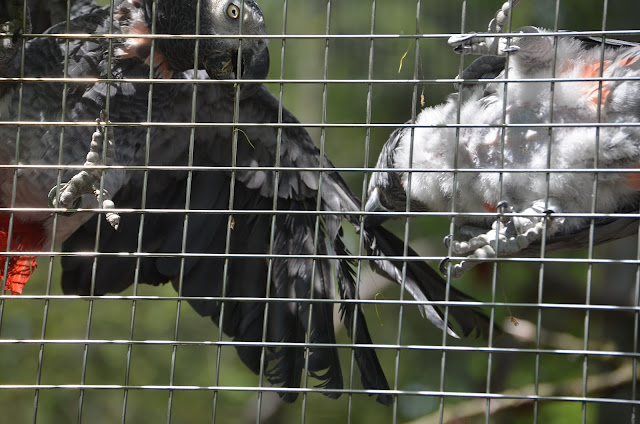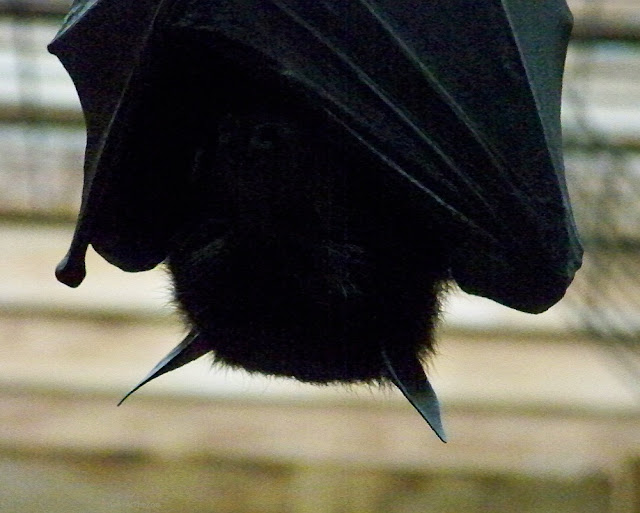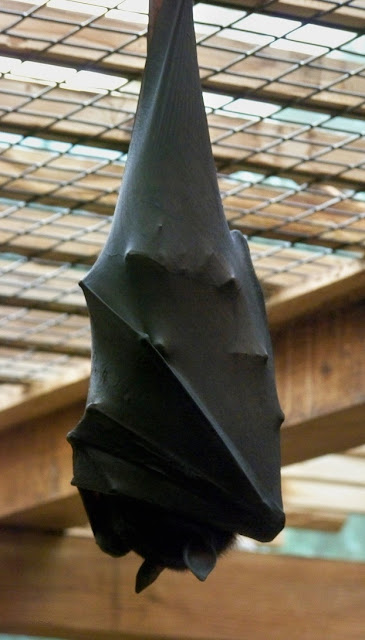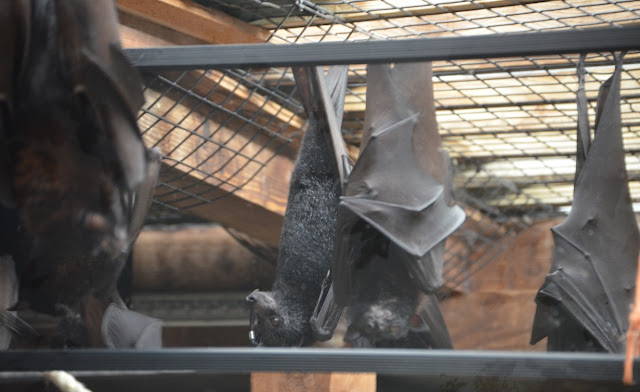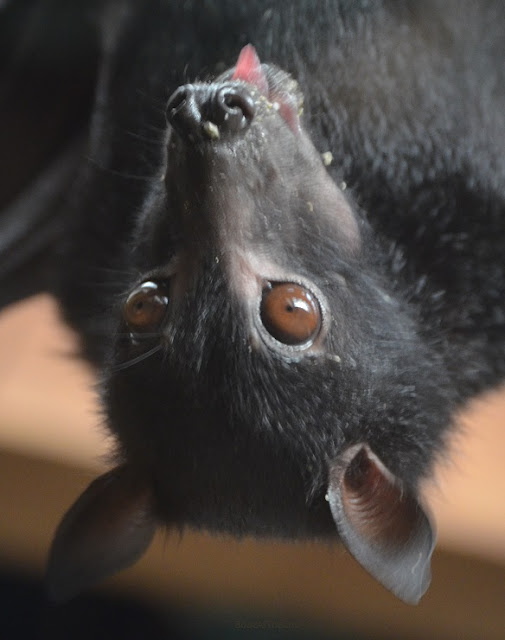There are good reflections
 |
| Columbus Zoo trumpeter swan pond. Coulda done better with the focus. |
and bad reflections.
 |
| Florida manatee (Columbus Zoo, Apr. 2019). I've learned to wear a dark shirt when I expect to be taking pictures through glass. Maybe I should wear long sleeves and gloves, too. |
There are reflections of lights.
 |
| Asian elephant (Columbus Zoo, Aug. 2018). This could have been a nice shot. |
I bought a circular polarizing filter, which purports to eliminate reflections, for my lenses, but it has limits. For one thing, it significantly reduces the amount of light that enters. When ambient light is low, such as when I'm in the elephant barn, I can hardly see anything through the viewfinder.
There are horrible reflections.
